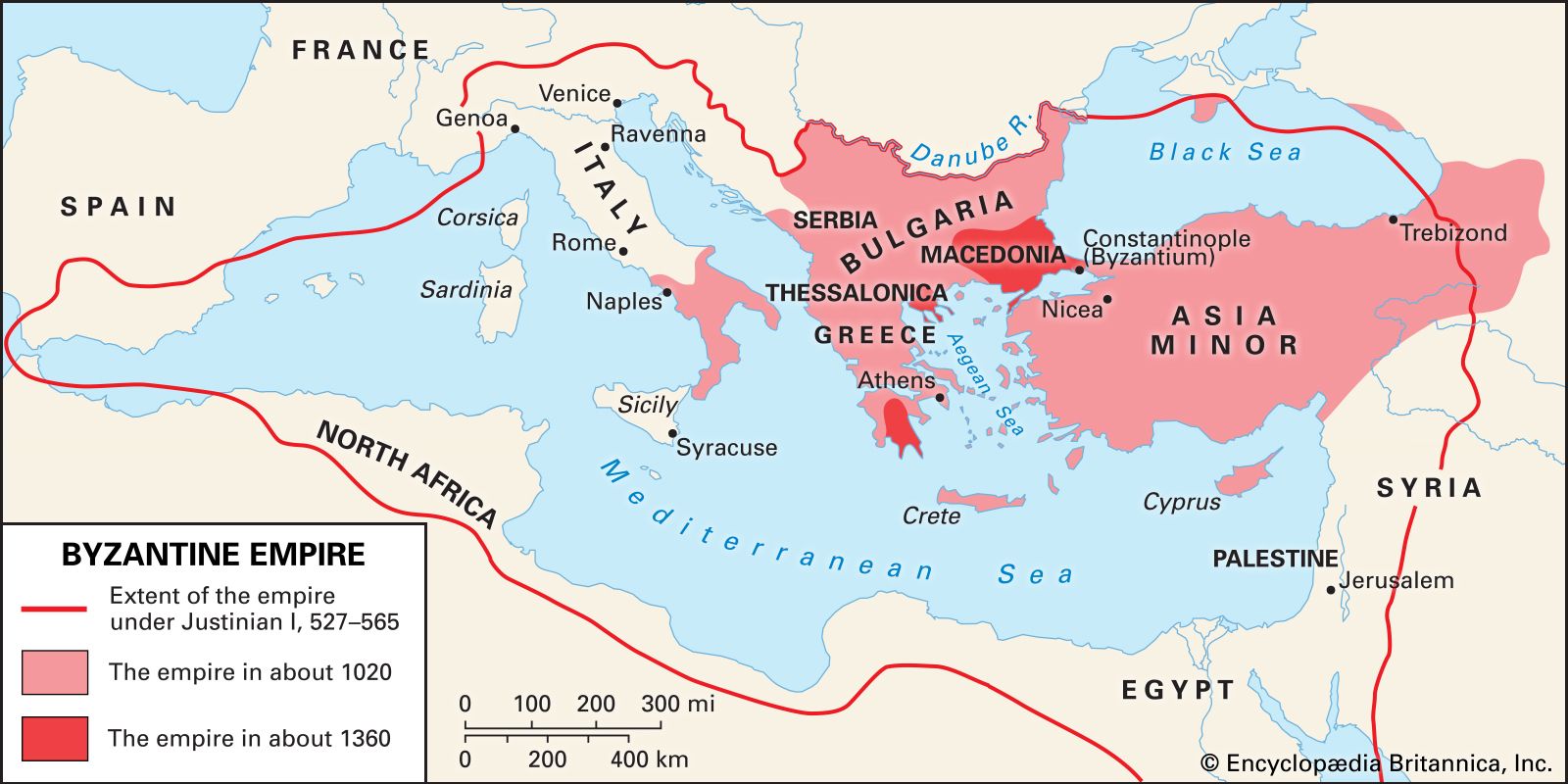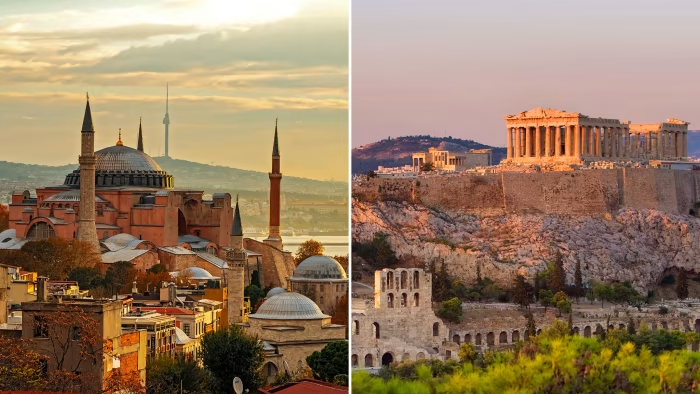Few cities in the world can rival Istanbul and Athens when it comes to cultural richness and historical depth. Situated at the crossroads of continents and civilizations, these two iconic cities have served as epicenters of human progress, creativity, and power for millennia. Despite being the capitals of modern-day Turkey and Greece—two distinct nations—Istanbul and Athens share a fascinating and intertwined history shaped by their geography, empires, and enduring cultural legacies.
The Classical Roots: From Byzantion to Athens
The story of Istanbul begins in antiquity with the founding of Byzantion (Byzantium) in the 7th century BCE by Greek settlers from Megara. At the time, Athens was flourishing as a city-state that pioneered democracy and became a cultural beacon for the ancient world. The Greek influence on Byzantion was profound; as a city-state, it adopted many elements of Hellenic culture, language, and governance. Meanwhile, Athens experienced its Golden Age, with philosophers like Socrates and Plato laying the foundation for Western thought, while artists and architects created enduring masterpieces like the Parthenon.

Though they were separated by the Aegean Sea, Athens and Byzantion were linked through trade and shared Hellenistic traditions. Byzantion, located on the strategic Bosphorus strait, became a vital node connecting the Aegean and Black Seas, while Athens thrived as a maritime power in the Mediterranean.
The Roman and Byzantine Eras
The Roman conquest of Greece in the 2nd century BCE and the subsequent rise of the Roman Empire brought both cities under the same imperial umbrella. Byzantion, renamed Constantinople in 330 CE, became the capital of the Eastern Roman Empire, marking the beginning of its transformation into one of the world’s greatest cities. As the new Rome, Constantinople inherited and adapted the classical traditions of Athens, becoming a hub for Greek-speaking elites and Orthodox Christianity.
During the Byzantine era, Athens retained its significance as a center of learning and philosophy, albeit in a diminished capacity compared to its classical height. The city’s ancient schools of thought were revived in Constantinople, where scholars preserved and expanded upon Greek texts. This intellectual exchange ensured that the wisdom of antiquity endured through the Middle Ages, influencing both the Byzantine Empire and the Islamic Golden Age.
The Ottoman Connection
In 1453, the Ottoman Empire captured Constantinople, marking the end of the Byzantine Empire and the beginning of a new era. The city, now Istanbul, became the heart of the Ottoman Empire, a cosmopolitan metropolis where diverse cultures coexisted. Athens, meanwhile, fell under Ottoman control in 1458. During this period, the Greek Orthodox Church, headquartered in Istanbul, played a crucial role in preserving Greek identity and culture across the empire.
Despite the challenges of foreign rule, both cities retained their historical importance. Istanbul, with its grand mosques and bustling bazaars, became a symbol of Ottoman magnificence. Athens, though a provincial town, held immense symbolic significance as the cradle of ancient Greek civilization. The Ottoman period saw the blending of cultures, with architectural and artistic influences flowing between the two cities.
The Struggles for Independence
The 19th century brought significant upheaval as Greece fought for and achieved independence in 1830, with Athens becoming its capital shortly thereafter. Istanbul remained under Ottoman rule until the empire’s dissolution following World War I. The emergence of modern Turkey under Mustafa Kemal Atatürk in 1923 marked a new chapter for Istanbul, which retained its status as Turkey’s cultural and economic center despite Ankara becoming the political capital.
The 20th century was marked by tension and occasional conflict between Turkey and Greece, particularly around issues like territorial disputes and population exchanges. However, both Istanbul and Athens have remained steadfast in their roles as cultural epicenters, preserving their rich histories while embracing modernity.
Cultural Parallels and Contemporary Ties
Today, Istanbul and Athens are vibrant cities that reflect their shared history and unique identities. Istanbul’s Hagia Sophia and Athens’ Parthenon stand as enduring symbols of their glorious pasts. Both cities continue to celebrate their cultural heritages through festivals, museums, and thriving arts scenes.
Moreover, Istanbul and Athens are linked by more than just history; they share culinary traditions, music, and even linguistic borrowings that reflect centuries of interaction. From Istanbul’s meze platters to Athens’ souvlaki, the flavors of these cities bear traces of a shared Mediterranean heritage. In recent years, efforts to foster cultural and economic ties between Turkey and Greece have brought Istanbul and Athens closer, reminding the world of the enduring connections between these two iconic cities.
Conclusion
Istanbul and Athens are more than just cities; they are living monuments to human history, resilience, and creativity. Their intertwined pasts—marked by cooperation, conflict, and cultural exchange—offer a compelling narrative of how geography and history shape civilizations. As we explore their shared heritage, we are reminded of the enduring bonds that connect us all, transcending borders and time.


0 Comment